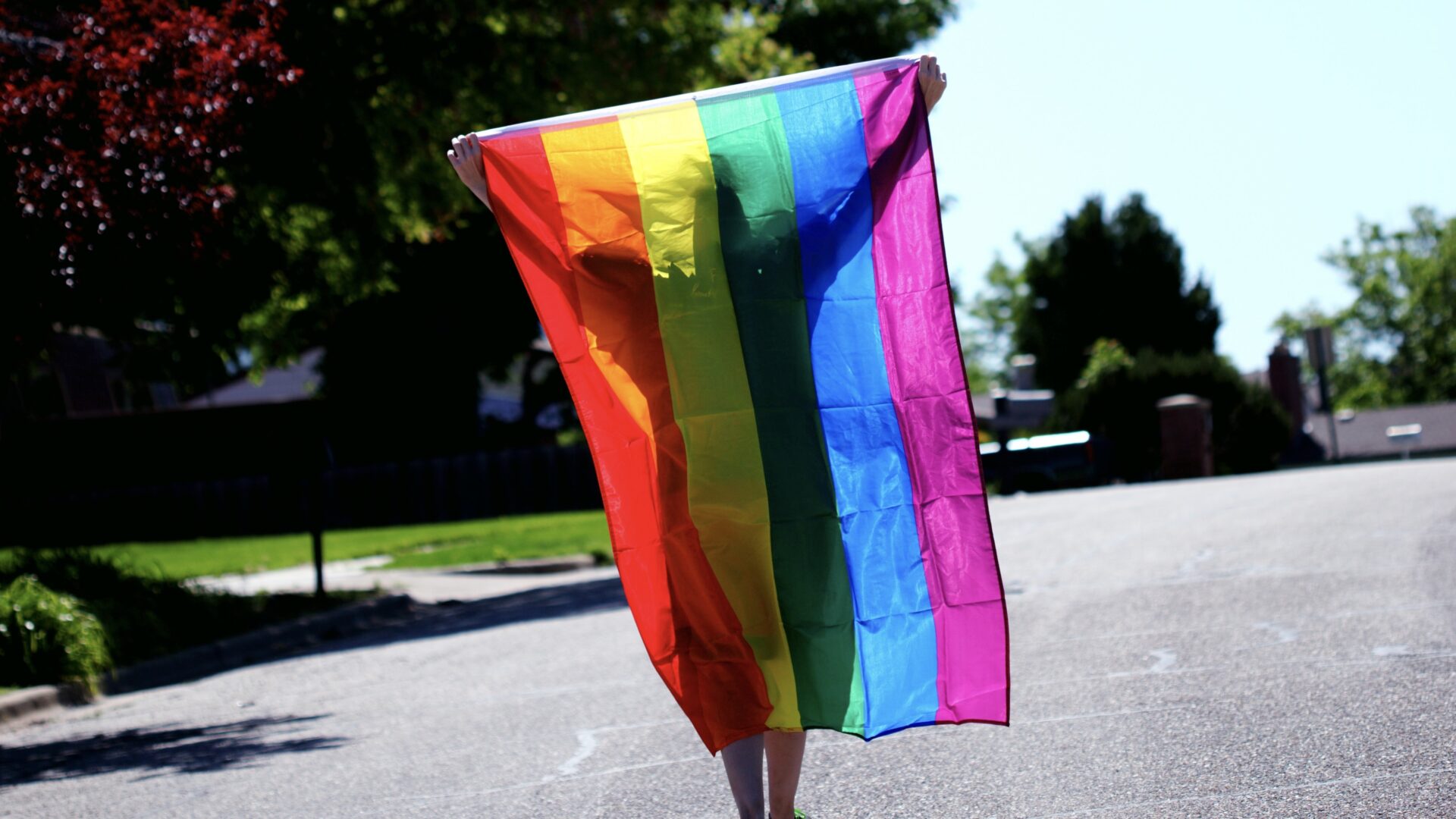Census 2021: 16-24-year-olds most likely to identify as LGBTQ
The census paints a picture of how the UK's population identifies when it comes to sexual orientation and gender identity.

People aged 16-24 years old are most likely to identify as LGBTQ, according to the 2021 Census.
Recorded by the Office for National Statistics, the census paints a picture of how the UK’s population identifies when it comes to sexual orientation and gender identity.
In a response to the data, the LGBTQ charity, Stonewall, has said it should serve as a “wake-up call for leaders in all walks of life,” that “The Rainbow Generations are your future.”
The ONS data shows that people aged 16-24 were most likely (6.91%/436,000 of those who responded) to identify as lesbian, gay, bisexual, or another minority sexual orientation (LGB+) Overall, 1.5 million people (3.2% of the population) now identify as LGB+.
This applied to England and Wales as a whole. The only area where people aged 35-44 years old were most likely to identify as LGB+ was in Lambeth. Here, men (11.16%) were twice as likely as women (5.57%) to have identified as LGB+.
The 16-24 age group was twice as likely to identify as LGB+ than the overall population. Comparatively, of those aged over 75, 0.37% identified as LGB+. For the 35-44 age group, 3.50% identified as LGB+.
The data also shows that the number of people identifying as LGB+ decreased with each successive age group.
Among those identifying as LGB+ most people identified as bisexual (4.00%/252,000). Women were twice as likely as men to identify as bisexual while men.
Previously, the ONS reported that being bisexual is almost as common in the UK as being gay or lesbian.
Speaking to Attitude on Wednesday (25 January) activist Lewis Oakley said: “The stigma around bisexuality being a phase is melting away as the younger generation embrace their bisexuality publicly. It’s really an exciting time, for too long bisexuality has been erased, sidelined, and defunded, but this younger generation is loud and I have no doubt that they will fight to have bisexuals heard.”
He continued: “I think it is also important to recognise that the younger generation is not more likely to be bisexual – they are just more likley to be open about it. Older generations are less willing to accept or even acknowledge their bisexuality and we need to work on getting bisexual people over the age of 24 to a place where they feel comfortable expressing their sexuality.”
People aged 16 to 24 years were also the most likely to have identified as pansexual, asexual, queer, or by any other sexual orientation. Most of those identifying as such were women.
The ONS also recorded data on those who identified as trans. People aged 16-24 were also most likely to identify as trans. The ONS says 1% or 63,000 identified as such. This translates as 1 in every 100 people. Comparatively, 0.54% (262,000) of the overall population identified as trans.
The 16 to 24 age bracket had the most people who identified as a trans woman (0.15% or 9,000), as well as a trans man (0.22% or 14,000).
The same can be said of those who identified as non-binary (0.26% or 17,000). As with sexual orientation, this decreased with successive age groups.
Of those who identified as non-binary, more than four in five were aged between 16 and 34 years (84.98% or 26,000).
People aged 35 to 44 years (0.36% or 28,000) had the highest proportion who said that their gender identity was different from their sex registered at birth, but did not give a more specific identity, such as trans man or trans woman.
A similar proportion of people aged 25 to 34 years (0.35% or 28,000) answered this way.
The proportion of people identifying as trans was largely similar between England and Wales. The biggest difference was in the 35-44 age bracket.
Across both countries, those aged 16-24 were more likely to identify as trans. However, in London, there were several areas where those most likely to identify as trans were older.
In Lambeth, it was people aged 55 to 64, and in Southwark, Hammersmith and Fulham, and Kensington and Chelsea it was people aged 45 to 54.
Commenting on the data, Stonewall’s CEO, Nancy Kelley, celebrated the visibility the census provided to LGBTQ people. “Today is another historic step forward after decades of Stonewall campaigning to record sexual orientation and gender identity in the Census, finally painting an accurate picture of the diverse ‘Rainbow Britain’ that we now live in, where more and more of us, and in particular more young LGBTQ+ people than ever before.
She added: “This data is a reminder that our leaders, institutions, and governments need to step up efforts to truly champion our communities rather than using our lives in a ‘culture war’ that does not resonate with the experiences and values of voters.”
